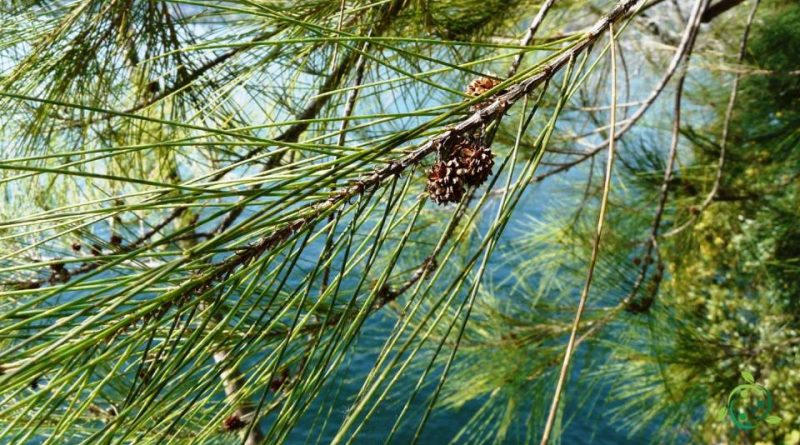Reproduction of the Coastal She-oak
Reproduction of the Coastal She-oak
The Coastal She-oak (Casuarina equisetifolia L., 1759) is a plant of the Casuarinaceae family native to Indonesia and south-eastern Australia.
Suitable breeding habitat –
Casuarina equisetifolia is a plant native to the regions of Indonesia and south-eastern Australia and its range extends from Burma and Vietnam through Malaysia in the east to French Polynesia, New Caledonia and Vanuatu, and south to Australia. (Northern Territory, Queensland and New South Wales). Populations are present in Madagascar, but it could be an introduced species. The species has been introduced in the Hawaiian Islands, Mexico, Florida, Puerto Rico, the Bahamas, and many other Caribbean islands, becoming in some cases an invasive species. It is also present in Italy, where it was introduced as an ornamental plant and naturalized in Sicily, Sardinia, Lazio and Puglia.
Its habitat is that of coastal areas near the sea: it is found mainly on beaches and coastal dunes, but sometimes also on rocky soils, in swampy environments and near mangroves.
Propagation –
Casuarina equisetifolia is a very adaptable plant, from semi-arid to subhumid and subtropical tropics, generally close to sea level but managing to grow at altitudes up to 1400 meters.
It grows best in areas where the average annual temperature is between 10 and 35 ° C and prefers an average annual rainfall of between 700 and 2000 mm, although it tolerates 200 – 3500 mm.
The plant requires a sunny location and well-drained soil, prefers alkaline or neutral soils with a pH between 5 and 6.5, but tolerates between 4 and 8.5.
Propagation occurs by seed. The seeds can be sown without prior treatment, but they must be protected from ants. Germination lasts up to 2 weeks and is epigeal. The seedlings should be planted in light and well-drained soils, not in clay soils, to reduce the incidence of diseases and pests.
Adequate irrigation, proper plant spacing and adequate light are recommended for the best rooting conditions.
When the young seedlings have reached 3-10 cm, they must be transferred to individual pots where they will be grown to a height of 25-30 cm and then planted in the following spring.
Propagation can also take place by cuttings. The cuttings are made using small twigs of 2 mm in diameter and 10 to 15 cm long and rooting is improved by the use of rooting hormones.
Ecology –
The Coastal She-oak is a plant that, outside its range of origin, has been introduced in various countries around the world. It has also been introduced in the warm-temperate climate zones of Europe as an ornamental plant in parks and gardens.
In the metropolitan area of Rome, the species is frequently cultivated in gardens as an ornamental plant, very rarely subspontaneous.
Casuarina equisetifolia is a fast-growing plant that produces dense shade and a dense blanket of leaves and fruit beneath it, reducing habitat value.
Its dense thickets of monoculture tend to marginalize the native species present in the dunes and beaches. Once established, C. equisetifolia alters the light conditions under the plant, the temperature, the chemistry of the soil and the hydrology of the habitats it invades.
This plant inhibits the growth of other species as it also produces allelopathic compounds which prevent the growth of other plants.
Its introduction in areas outside its range must therefore be evaluated very carefully.

